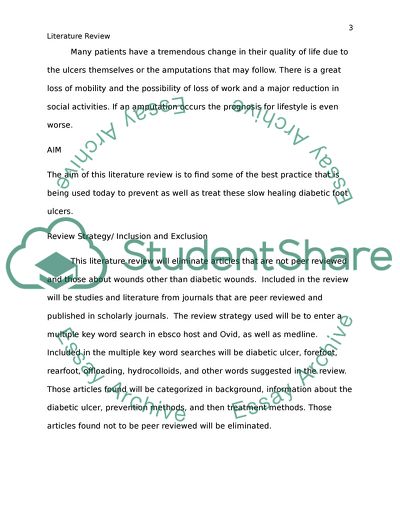Cite this document
(Diabetic Foot Ulcers Literature review Example | Topics and Well Written Essays - 2250 words, n.d.)
Diabetic Foot Ulcers Literature review Example | Topics and Well Written Essays - 2250 words. Retrieved from https://studentshare.org/health-sciences-medicine/1733995-a-review-of-the-literature-on-the-management-of-rear-foot-forefoot-ulceration-in-the-diabetic-patient
Diabetic Foot Ulcers Literature review Example | Topics and Well Written Essays - 2250 words. Retrieved from https://studentshare.org/health-sciences-medicine/1733995-a-review-of-the-literature-on-the-management-of-rear-foot-forefoot-ulceration-in-the-diabetic-patient
(Diabetic Foot Ulcers Literature Review Example | Topics and Well Written Essays - 2250 Words)
Diabetic Foot Ulcers Literature Review Example | Topics and Well Written Essays - 2250 Words. https://studentshare.org/health-sciences-medicine/1733995-a-review-of-the-literature-on-the-management-of-rear-foot-forefoot-ulceration-in-the-diabetic-patient.
Diabetic Foot Ulcers Literature Review Example | Topics and Well Written Essays - 2250 Words. https://studentshare.org/health-sciences-medicine/1733995-a-review-of-the-literature-on-the-management-of-rear-foot-forefoot-ulceration-in-the-diabetic-patient.
“Diabetic Foot Ulcers Literature Review Example | Topics and Well Written Essays - 2250 Words”. https://studentshare.org/health-sciences-medicine/1733995-a-review-of-the-literature-on-the-management-of-rear-foot-forefoot-ulceration-in-the-diabetic-patient.


